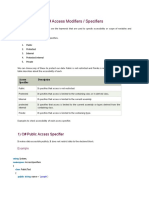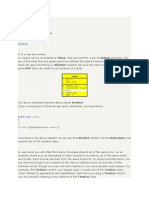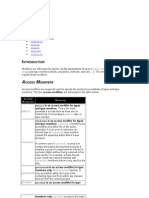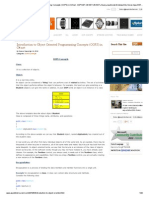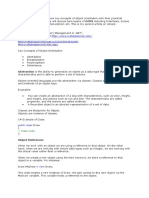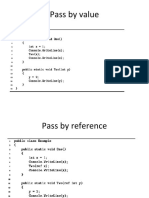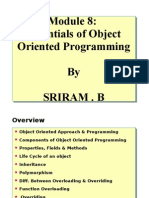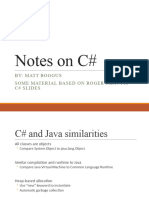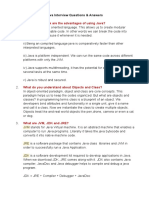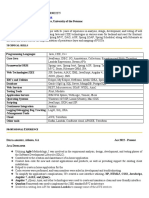0% found this document useful (0 votes)
10 views6 pagesAccess Modifiers
This document serves as a beginner's guide to Object-Oriented Programming (OOP) in C#, covering key concepts such as classes, objects, encapsulation, abstraction, inheritance, and polymorphism. It explains access modifiers in C#, detailing their visibility and accessibility with examples for each modifier: public, private, protected, internal, protected internal, and private protected. Additionally, it provides real-world analogies to illustrate the differences between these access modifiers.
Uploaded by
HABIBA SIDDIQICopyright
© © All Rights Reserved
We take content rights seriously. If you suspect this is your content, claim it here.
Available Formats
Download as DOCX, PDF, TXT or read online on Scribd
0% found this document useful (0 votes)
10 views6 pagesAccess Modifiers
This document serves as a beginner's guide to Object-Oriented Programming (OOP) in C#, covering key concepts such as classes, objects, encapsulation, abstraction, inheritance, and polymorphism. It explains access modifiers in C#, detailing their visibility and accessibility with examples for each modifier: public, private, protected, internal, protected internal, and private protected. Additionally, it provides real-world analogies to illustrate the differences between these access modifiers.
Uploaded by
HABIBA SIDDIQICopyright
© © All Rights Reserved
We take content rights seriously. If you suspect this is your content, claim it here.
Available Formats
Download as DOCX, PDF, TXT or read online on Scribd
/ 6



















